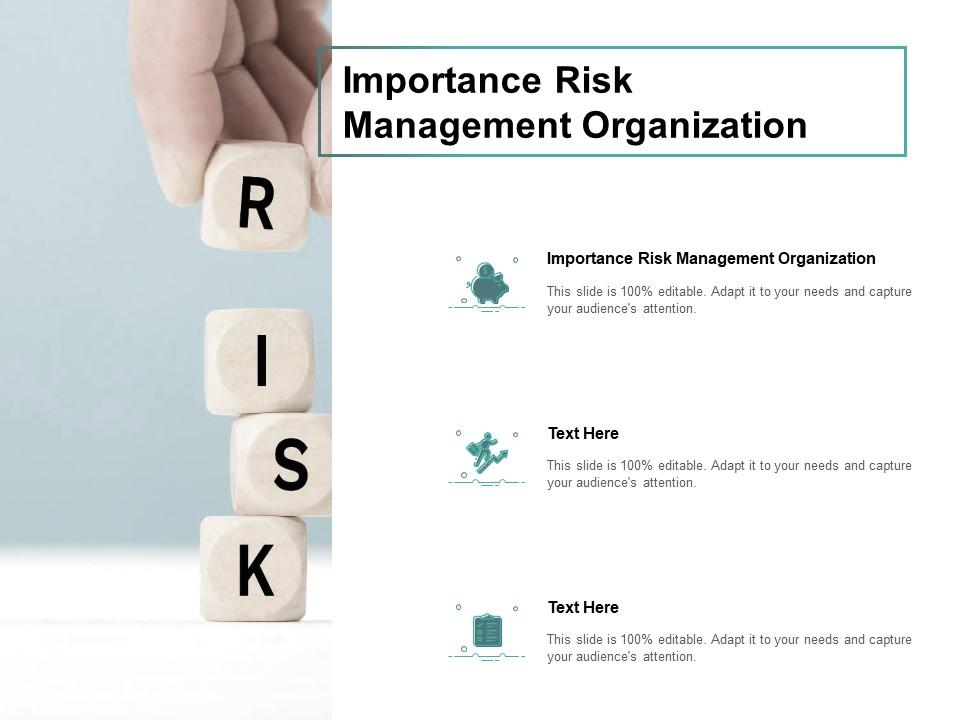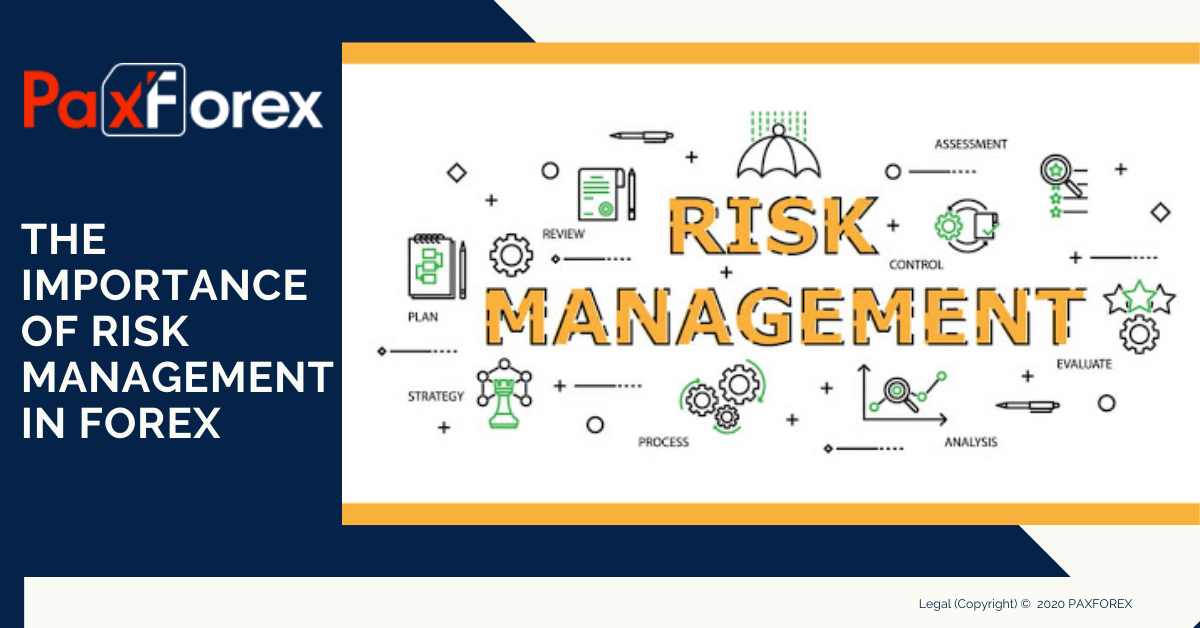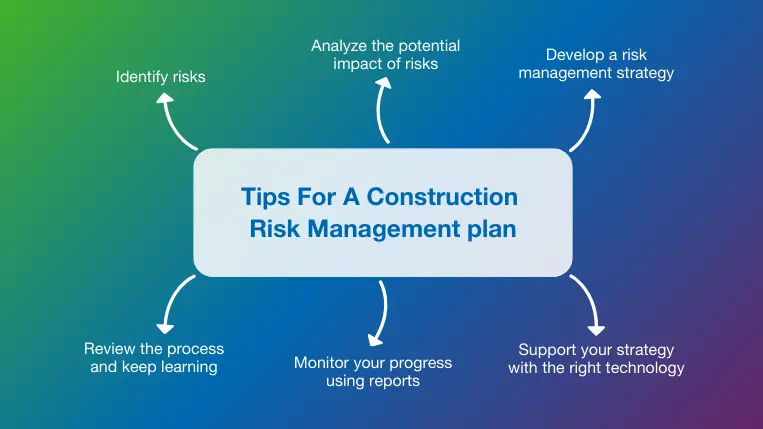The Inarguable Importance of Risk Management in Safeguarding Corporate Success
The Inarguable Importance of Risk Management in Safeguarding Corporate Success
Blog Article
Checking out the Significance of Risk Management for Effective Decision-Making Techniques
In the detailed globe of business, Risk Management becomes an important consider the decision-making procedure. The capability to identify potential threats and chances, and strategize appropriately, can lead to the difference between success and failing. With devices such as SWOT and PESTEL, organizations are furnished to make informed choices, promoting resilience and versatility in an ever-changing setting. Wondering how this functions? Let's unload the characteristics even more.
Recognizing the Idea of Risk Management
Risk Management, a critical part in decision-making, is commonly misunderstood or oversimplified. Risk Management includes regimented and organized methods, making use of information and insightful analyses. From monetary uncertainties, lawful obligations, strategic Management errors, to mishaps and natural calamities, it attends to various risks - importance of risk management.
The Role of Risk Management in Decision-Making Processes
In the world of calculated planning and company operations, Risk Management plays an important function in decision-making processes. Risk Management therefore ends up being an important tool in decision-making, helping leaders to make enlightened selections based on a thorough understanding of the dangers included. Risk Management serves as a crucial element in the decision-making procedures of any organization.

Exactly How Risk Management Boosts Strategic Preparation
In the context of critical preparation, Risk Management plays a pivotal duty. Initiating with the identification of possible threats, it even more reaches the application of Risk mitigation steps. The function of Risk Management is vibrant but not fixed, as it demands constant surveillance and adjusting of methods.
Identifying Possible Threats

Applying Risk Mitigation
Risk mitigation techniques can range from Risk avoidance, Risk transfer, to risk decrease. Each method needs to be customized to the particular Risk, considering its potential impact and the company's Risk resistance. Effective Risk reduction requires a deep understanding of the Risk landscape and the potential impact of each Risk.
Tracking and Adjusting Techniques
Though Risk mitigation is a crucial action in strategic preparation, constant monitoring and adjustment of these strategies is equally crucial. This recurring procedure enables companies to determine brand-new dangers and reassess existing ones, making certain the carried out methods remain efficient in the ever-changing company environment. It additionally supplies a possibility to evaluate the success of the Risk Management procedures, permitting modifications to be made where required, more improving strategic preparation. Effective surveillance and adjustment need the usage of analytics and crucial efficiency indications (KPIs) to measure performance. These tools give important data-driven insights that can inform critical decision-making. As a result, monitoring and readjusting Risk Management approaches is a crucial part for boosting an organization's strength and tactical planning.
Instance Researches: Effective Risk Management and Decision-Making
In the globe of company and money, successful Risk Management and decision-making typically serve as the pillars of thriving enterprises. These instances highlight the value of sharp Risk Management in decision-making processes. These situations highlight the crucial role of Risk Management in critical decision-making.
Devices and Strategies for Reliable Risk Management
Navigating the intricate labyrinth of Risk Management calls for the ideal collection of strategies and devices. These devices, such as Risk registers and warm maps, help in identifying and why not try here evaluating potential risks. Techniques include both quantitative techniques, like level of sensitivity analysis, and qualitative approaches, such as SWOT evaluation. These help in prioritizing risks based on their possible influence and likelihood. Risk feedback approaches, a key element of Risk Management, involve accepting, staying clear of, find this transferring, or mitigating dangers. Tracking and managing dangers, with normal audits and evaluations, make sure that the strategies remain reliable. With these tools and strategies, decision-makers can navigate the facility landscape of Risk Management, thus helping with notified and effective decision-making.
Future Patterns in Risk Management and Decision-Making Approaches
As we check out the huge landscape of Risk Management, it becomes evident that the methods and tools utilized today will proceed to progress. Future trends aim towards an enhanced reliance on innovation, with artificial intelligence i thought about this and artificial intelligence playing considerable functions. These modern technologies will make it possible for organizations to anticipate possible threats with better precision and make even more enlightened choices. Furthermore, there will be an expanding focus on durability, not just in managing risks however also in recovering from adverse situations. The idea of Risk culture, where every member of an organization is aware and entailed in Risk Management, will certainly obtain extra prominence. These fads proclaim a more positive and comprehensive technique towards Risk Management and decision-making.
Final thought

Risk Management therefore ends up being an important tool in decision-making, helping leaders to make informed selections based on a thorough understanding of the threats included. Risk mitigation techniques can range from Risk evasion, Risk transfer, to run the risk of reduction (importance of risk management). Effective Risk mitigation calls for a deep understanding of the Risk landscape and the potential influence of each Risk. Risk response methods, an essential component of Risk Management, involve approving, avoiding, transferring, or mitigating dangers. The concept of Risk culture, where every participant of a company is aware and entailed in Risk Management, will obtain a lot more prominence
Report this page